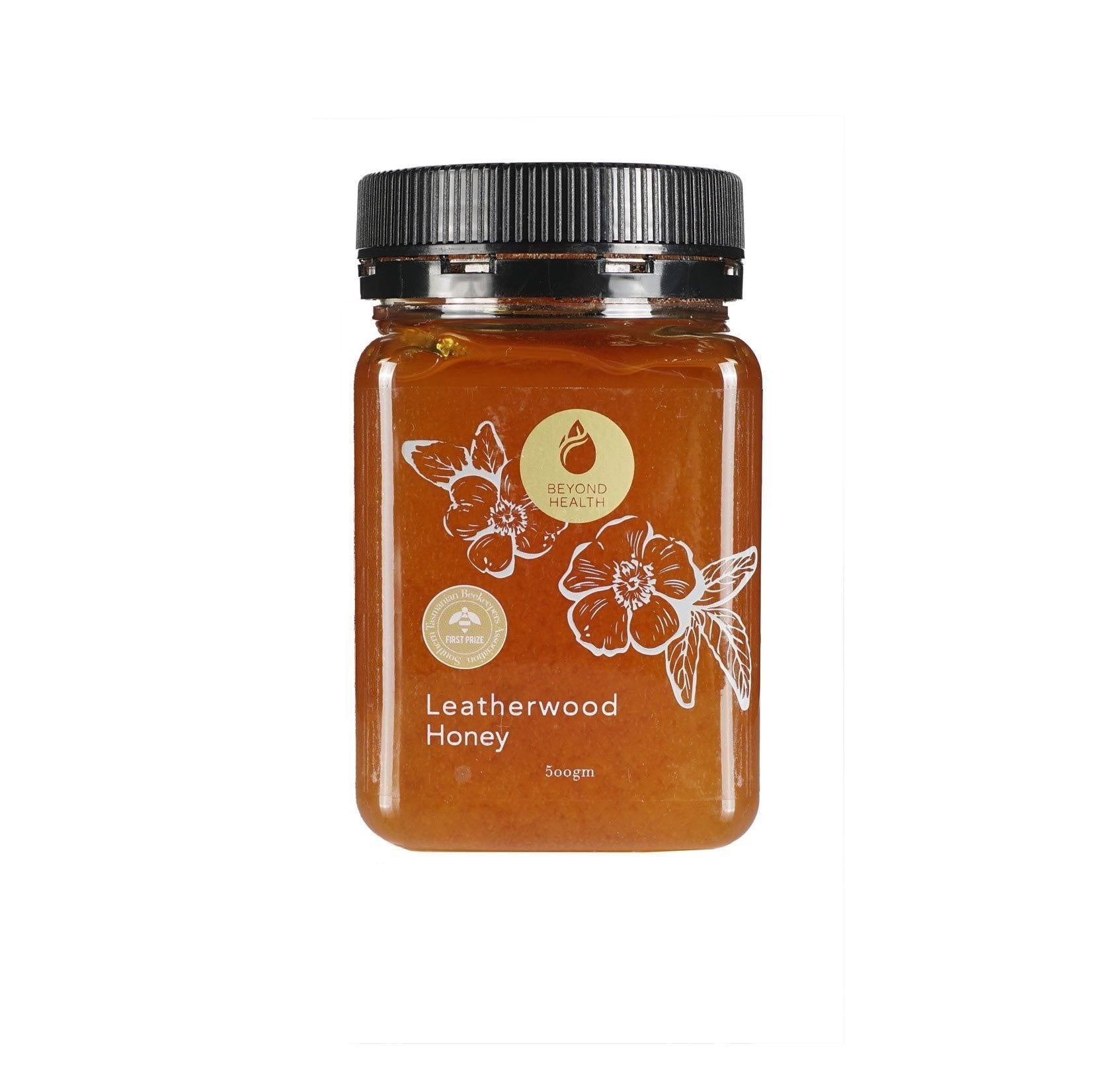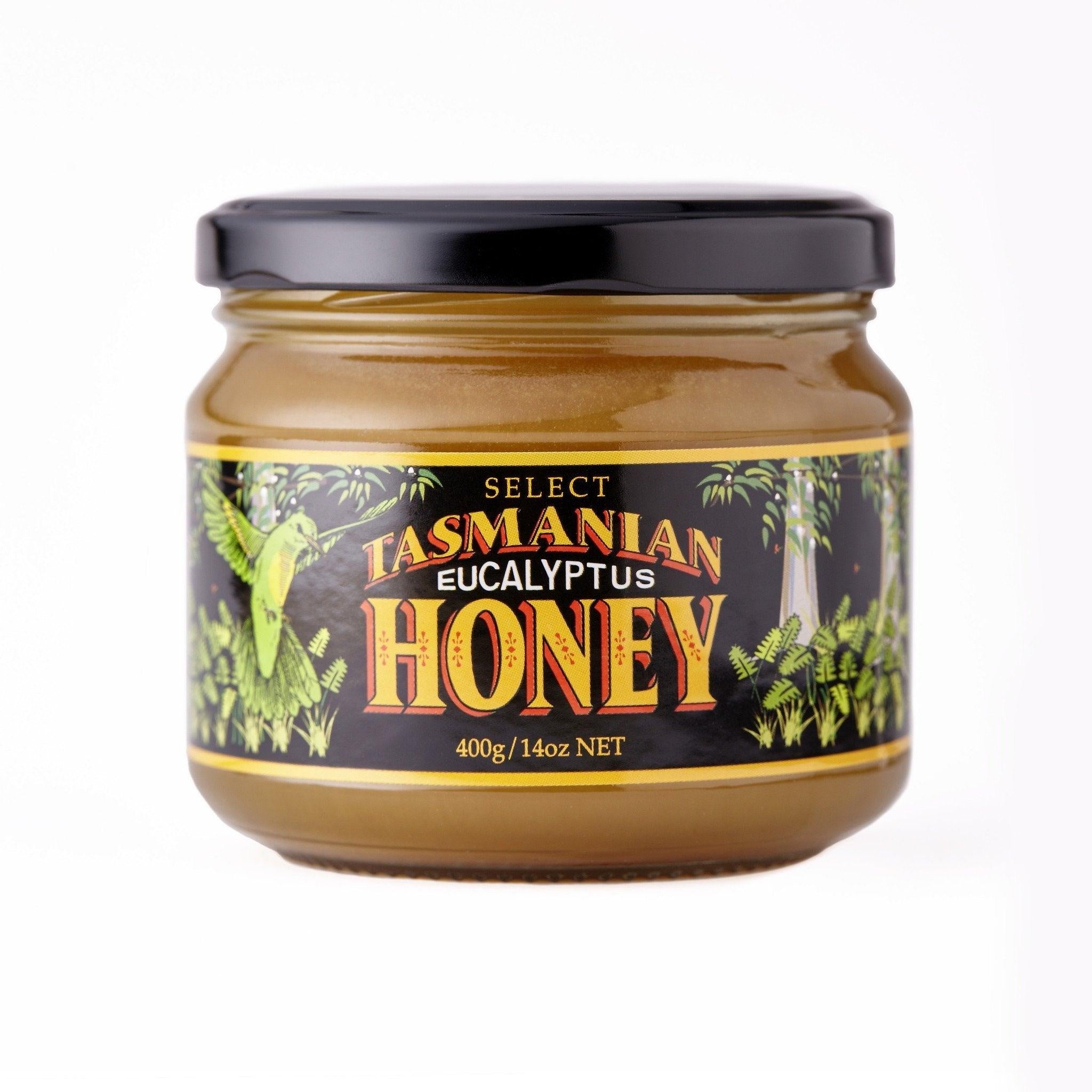Your shopping bag is empty
Is Stir Fry Healthy?
- Posted by: Enquiry Admin
- Comments: 0
- Categories: Nutrition & Diet
- Tags:
- Is Stir Fry Healthy
Is Stir Fry Healthy? Unveiling the Nutritional Benefits of this Flavorful Dish
Introduction to Stir Fry
Stir fry has become a beloved culinary technique, known for its vibrant colors, bold flavors, and quick cooking process. But amidst the ever-growing interest in healthy eating, many individuals wonder: is stir fry a healthy choice? We will look into the nutritional aspects of stir fry and exploring its use of fresh ingredients. We will also be exploring its cooking methods, and the potential health benefits it offers. Also, by looking at the connection between stir fry and nutrition, we can determine whether this popular dish aligns with the principles of eating green and whole foods.
The Nutritional Power of Stir Fry
Stir fry boasts an array of nutritional benefits, making it a favorable choice for those seeking a healthful meal. So let's explore the various components that can lead to its nutritional profile:
Abundance of Fresh Vegetables
Stir fry typically incorporates a generous amount of vegetables, which serve as the foundation of this dish. Colorful vegetables like bell peppers, broccoli, carrots, and snap peas not only add vibrancy and flavor but also provide essential vitamins, minerals, and dietary fiber. These nutrients support overall health and contribute to a well-rounded diet.
Lean Protein Options in Stir Fry
In addition to vegetables, stir fry often includes lean protein sources such as chicken, shrimp, tofu, or tempeh. In fact, these protein options offer a satisfying and nourishing element to the dish. Protein is important for muscle development, repair, and satiety, making stir fry a balanced meal choice.
Minimal Use of Oil
Stir fry typically involves quick cooking at high heat, which helps retain the nutritional value of the ingredients. The use of a small amount of oil, such as sesame or olive oil, adds flavor and aids in the cooking process. While oil is a concentrated source of calories, the minimal amount used in stir fry helps keep the overall fat content of the dish in check.
Retention of Nutrients
The quick cooking time in stir fry helps retain the nutrients present in the vegetables and proteins. Indeed, the combination of high heat and short cooking duration helps preserve the vitamins, minerals, and phytochemicals that are beneficial for health. This aspect of stir fry makes it a nutritionally favorable cooking method.
Exploring the Health Benefits of Stir Fry
Stir fry's emphasis on fresh ingredients, minimal processing, and quick cooking has several potential health benefits. Let's explore some of these benefits in detail:
High Nutrient Density
Stir fry's reliance on vegetables ensures a high nutrient density in each serving. In addition, the variety of colorful vegetables contributes to a diverse nutrient profile, offering vitamins, minerals, antioxidants, and dietary fiber. These nutrients support overall health, boost the immune system, and reduce the risk of chronic diseases.
Balanced Macronutrients
Stir fry's incorporation of lean proteins and vegetables provides a balanced macronutrient composition. The combination of protein, complex carbohydrates, and healthy fats helps promote satiety, stabilize blood sugar levels, and provide sustained energy throughout the day.
Customization and Control
Stir fry offers flexibility, allowing individuals to tailor the dish to their nutritional preferences and dietary needs. Whether you're following a specific eating plan, such as vegetarian, vegan, or gluten-free, stir fry can be easily adapted to accommodate these requirements. By choosing the ingredients and adjusting the seasoning, you have control over the flavors and nutritional composition of the dish.
Conclusion
In conclusion, stir fry is indeed a healthy choice that offers a huge number of nutritional benefits. Through its incorporation of fresh vegetables, lean proteins, minimal use of oil, and retention of nutrients, stir fry provides a balanced and nutrient-dense meal option. The emphasis on whole foods and the quick cooking process helps preserve the vitamins, minerals, and phytochemicals present in the ingredients, contributing to overall health and well-being.
By exploring the health benefits of stir fry, we have discovered that it offers a high nutrient density, providing a diverse array of vitamins, minerals, antioxidants, and dietary fiber. The balanced macronutrient composition of stir fry, combining protein, complex carbohydrates, and healthy fats, promotes satiety, stabilizes blood sugar levels, and offers sustained energy throughout the day. Moreover, stir fry allows for customization and control, allowing individuals to adapt the dish to their specific dietary preferences and needs.
It is important to note that while stir fry is a healthy option, it is always advisable to consult with a healthcare professional or registered dietitian for personalized advice. They can provide guidance on portion sizes, specific dietary restrictions, and any other considerations based on individual health conditions or goals.
By including stir fry into your culinary repertoire, you can enjoy a flavorful and nutritious meal that aligns with the principles of eating green and whole foods. So, whether you're looking to enhance your nutritional intake, incorporate more vegetables into your diet, or embark on a culinary adventure, stir fry offers a wholesome and delicious option.
Sources
- "The Benefits of Stir-Frying Vegetables" - University of California, Berkeley, Wellness Letter. Link
- "Nutrition for Weight Loss: What You Need to Know About Fad Diets" - Harvard T.H. Chan School of Public Health. Link
- "Healthy Eating Plate" - Harvard T.H. Chan School of Public Health. Link
- "Vegetables and Fruits" - The Nutrition Source, Harvard T.H. Chan School of Public Health. Link
- "Protein" - The Nutrition Source, Harvard T.H. Chan School of Public Health. Link
- "Eating Green: Sustainable and Nutritious Food Choices" - Environmental Protection Agency. Link
Please note that the information provided in this article is for informational purposes only and should not replace professional medical or dietary advice.






